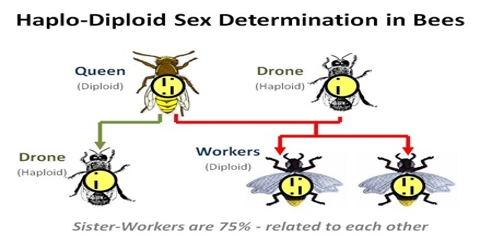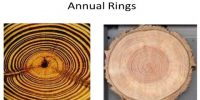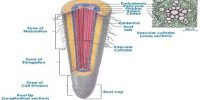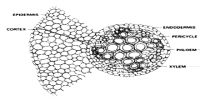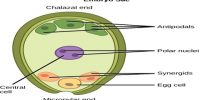Parthenogenesis is the generation of offspring through unfertilized eggs. It is a reproductive strategy that involves the development of a female gamete (sex cell) without fertilization. It occurs usually among lower plants and invertebrate animals (particularly rotifers, aphids, ants, wasps, and bees) and rarely among higher vertebrates. Usually, it is classified among asexual reproductive strategies; however, it is more like a particular type of sexual reproduction since female gametes generated by meiosis are involved in the procedure.
Haploid parthenogenesis: When an embryo is formed from sperm or forms an unfertilized ovum (n), the parthenogenesis is called Haploid parthenogenesis. In haploid parthenogenesis, an oocyte (after meiosis) develops into a zygote where both oocyte and zygote have n number of chromosomes and then, later develop into a haploid organism. It means haploid cells divide mitotically to produce d new organism. In haploid parthenogenesis, the haploid eggs are not fertilized by the sperms and develop into haploid individuals. It takes place in bees and other Hymenoptera, in some Coleoptera and Zygentoma, and it is always facultative.
Example: Hymenoptera (bees and wasps), Rotifers (Asplanchne amphora), etc. Sex determination at birth is a key process in the evolutive history of colonial structures in social insects.
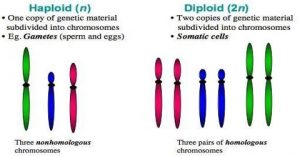
Diploid parthenogenesis: Due to defective meiosis, a diploid female gametophyte (2n) is formed. When this diploid ovum without being fertilized by sperm, gives rise to a new plant and it is called diploid parthenogenesis. In diploid parthenogenesis, an oocyte develops into a zygote where both have 2n number of chromosomes. Since meiosis doesn’t occur and therefore, zygote turns into a diploid organism. In the diploid parthenogenesis, the young individuals develop from the unfertilized diploid eggs. It takes place in aphids (Aphididae, Hemiptera), cockroaches, scale insects (Coccoidea, Hemiptera), and in some curculionid beetles; it tends to be obligated parthenogenesis.
Example: Parthenium argentatum. This type of parthenogenesis has the potentiality to generate hundreds of descendants in a short lapse as a detriment to the genetic variability.
